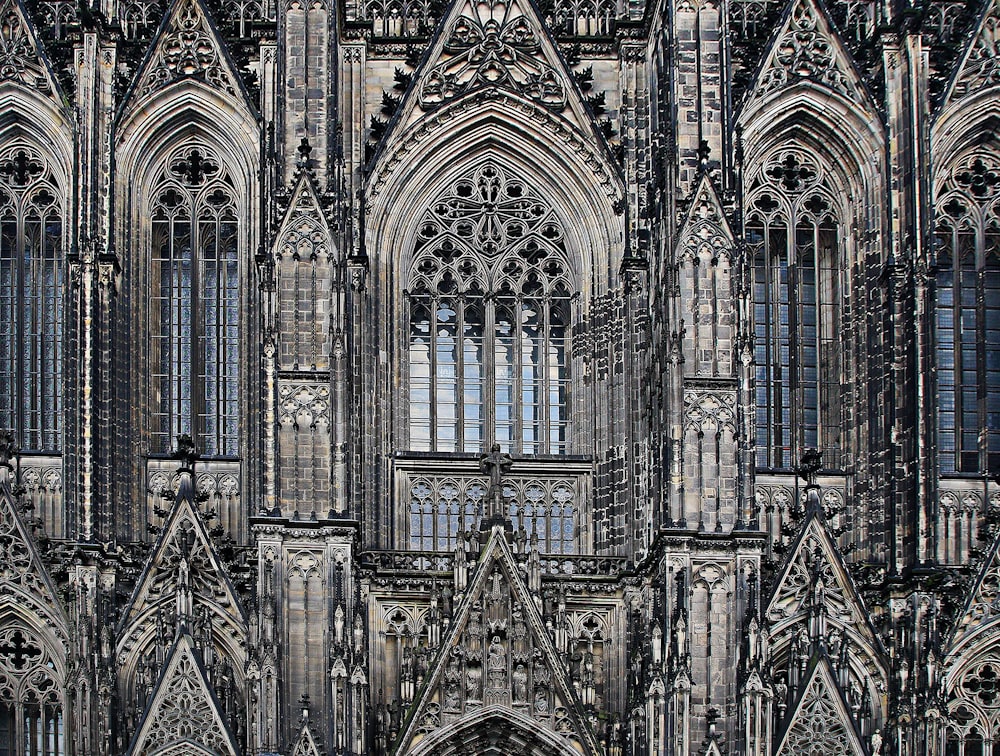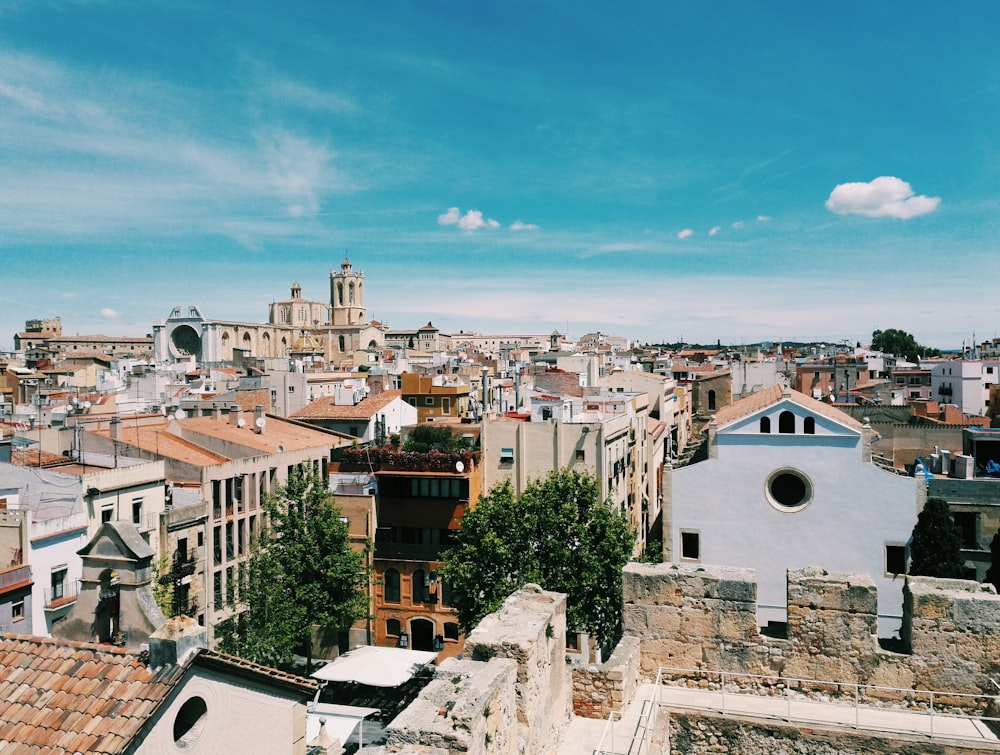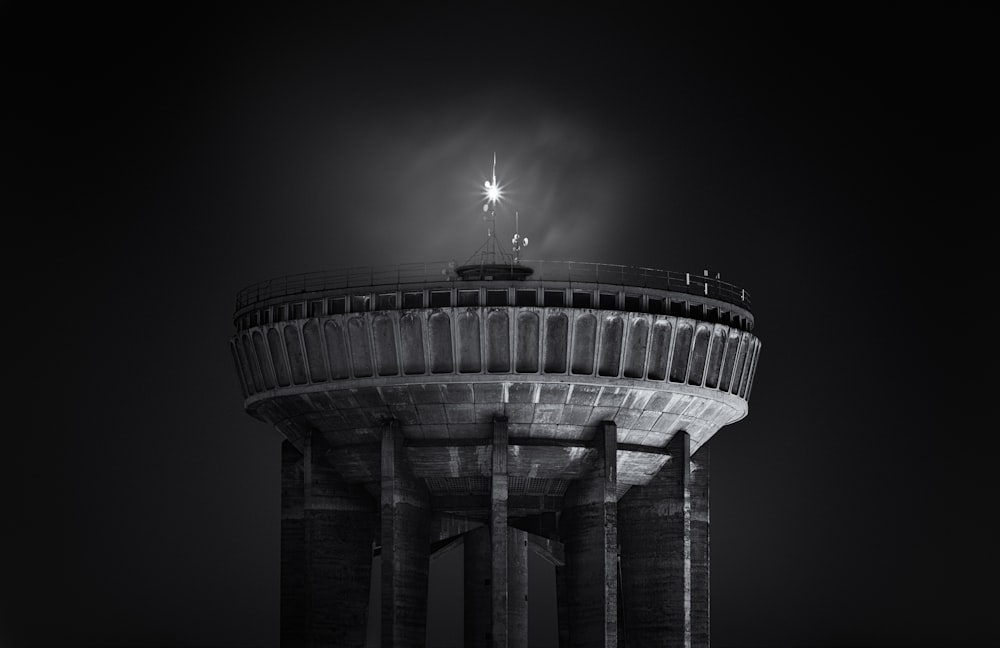Unveiling the Beauty of Carpenter Gothic Architecture
In the realm of architectural wonders, Carpenter Gothic stands out as a testament to the beauty and elegance of wooden craftsmanship. This style, popularized in the 19th century, marries the intricate detailing of Gothic architecture with the warmth and charm of wooden structures. Let’s delve into the essence of Carpenter Gothic, exploring its unique features and the allure it holds for enthusiasts and historians alike.
The Origins of Carpenter Gothic
Carpenter Gothic emerged during the mid-19th century in the United States, gaining popularity as settlers moved westward. Drawing inspiration from the Gothic Revival movement in Europe, American architects embraced the style, adapting it to the materials and craftsmanship available in the New World. Unlike traditional Gothic stone structures, Carpenter Gothic relied on the skilled hands of carpenters to create intricate details using wood.
Intricate Details in Woodwork
One of the defining features of Carpenter Gothic is its intricate woodwork. Elaborate tracery, delicate spires, and pointed arches adorn the facades of these structures, showcasing the artistry and precision of skilled craftsmen. Wooden gingerbread trim, often in the form of intricate patterns and lacy designs, adds a whimsical and decorative touch to windows, eaves, and porches.
The Allure of Pointed Arches and Steep Gables
Carpenter Gothic buildings are characterized by their pointed arches and steeply pitched gables, elements borrowed from their Gothic predecessors. These architectural features not only add visual interest but also serve practical purposes. The pointed arches, for example, provide structural stability, while the steep gables allow for efficient rainwater runoff in regions with heavy precipitation.
Wooden Elegance in Church Architecture
Many Carpenter Gothic structures are churches, where the style’s wooden elegance creates a sense of reverence and awe. The use of wooden trusses and vaulting in place of traditional stone vaults gives these churches a unique and inviting atmosphere. Stained glass windows, often featuring intricate designs and vibrant colors, filter sunlight into the interiors, creating a play of light and shadow that adds to the ethereal ambiance.
Adapting to American Landscapes
Carpenter Gothic architecture found its place in the American landscape, adapting to regional styles and materials. In rural areas, wooden churches with their graceful spires became iconic landmarks against the backdrop of rolling hills and open fields. The style also influenced the design of country homes, with their wrap-around porches, steep gables, and intricate wooden detailing.
A Revival of Interest and Preservation
While the heyday of Carpenter Gothic was the 19th century, its charm continues to captivate admirers today. Preservation efforts have ensured the survival of many Carpenter Gothic structures, from churches to private homes, allowing future generations to appreciate their beauty. The intricate woodwork and ornate detailing serve as a reminder of an era when craftsmanship and artistry went hand in hand.
Embracing Wooden Elegance in Modern Times
In an age of modern architecture and sleek designs, the allure of Carpenter Gothic endures as a celebration of wooden elegance. Architects and designers continue to draw inspiration from its intricate details, incorporating elements of the style into contemporary structures. Whether in historic churches or modern interpretations, Carpenter Gothic remains a testament to the enduring beauty of wooden craftsmanship.
Subheadings:
- The Origins of Carpenter Gothic
- Intricate Details in Woodwork
- The Allure of Pointed Arches and Steep Gables
- Wooden Elegance in Church Architecture
- Adapting to American Landscapes
- A Revival of Interest and Preservation
- Embracing Wooden Elegance in Modern Times
Read more about carpenter gothic

:max_bytes(150000):strip_icc()/GettyImages-1084171152-8445a490b5894f0a9bb588dbfc2ac22d.jpg)











